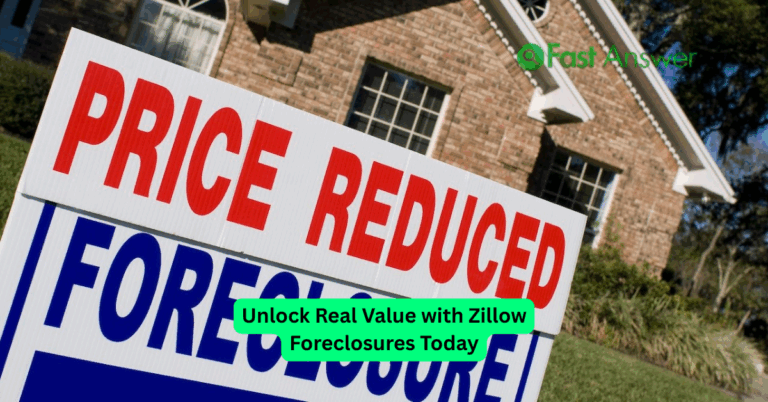Guide to 1031 Exchange Real Estate Rules: Maximize Profit and Defer Taxes Strategically
Investors looking to grow their real estate portfolios without triggering immediate tax liability often turn to the 1031 exchange a powerful strategy that allows the deferral of capital gains taxes when swapping one investment property for another. Understanding the rules of a 1031 exchange is critical for real estate investors who want to preserve equity, reinvest strategically, and optimize long-term gains. This guide breaks down the core elements of a 1031 exchange in real estate, helping investors navigate IRS rules, avoid common mistakes, and make informed decisions.
What Is a 1031 Exchange and Why Does It Matter?
A 1031 exchange named after Section 1031 of the U.S. Internal Revenue Code allows property owners to defer paying capital gains taxes on the sale of an investment property if they reinvest the proceeds into a “like-kind” property. The core benefit is that you can shift your investment without cashing out and incurring immediate tax penalties.
This strategy is particularly valuable for those looking to diversify their holdings, upgrade to more profitable assets, or consolidate multiple properties. Instead of losing a portion of your profits to taxes, you preserve your entire gain to reinvest boosting potential returns and compounding growth over time.
Understanding the “Like-Kind” Requirement and Eligible Properties
One of the most misunderstood aspects of a 1031 exchange is the “like-kind” rule. Fortunately, the definition is broader than many expect. In real estate, like-kind simply means that both properties must be held for investment or business use they don’t need to be identical in type or purpose.
You can exchange a residential rental property for commercial real estate, or raw land for a multi-unit apartment complex. However, primary residences, fix-and-flip properties, and foreign real estate are not eligible. Both the relinquished and replacement properties must be located in the U.S., and intent must be documented to show the assets are being held for productive use, not personal enjoyment.
Timelines That Matter: The 45-Day and 180-Day Rules
Timing is critical in a 1031 exchange, and missing a deadline could invalidate the entire tax benefit. After the sale of your original property (the relinquished property), you have 45 calendar days to identify potential replacement properties. This identification must be in writing and submitted to a qualified intermediary a neutral third party required by IRS rules to handle the transaction.
You then have a total of 180 days from the sale of the original property to close on the new one. These timelines run concurrently, not consecutively, meaning the 180 days includes the 45-day identification window. It’s essential to plan carefully and work with professionals to ensure deadlines are met, as extensions are rarely granted.
Role of Qualified Intermediaries and How to Choose One
You cannot complete a 1031 exchange by handling funds directly. Instead, a qualified intermediary (QI) must be used to hold the sale proceeds between transactions. The QI facilitates the transfer, prepares the necessary documentation, and ensures the exchange is IRS-compliant.
Choosing the right QI is crucial. Look for one with a strong track record, adequate bonding and insurance, and clear communication practices. Since the IRS prohibits the use of related parties (such as your real estate agent, attorney, or accountant) as intermediaries, your QI should be an independent third party with experience managing exchanges from start to finish.
When a Partial Exchange May Still Offer Tax Benefits
In some cases, investors don’t reinvest the full proceeds into a new property this is known as a partial exchange. While this means you’ll pay capital gains taxes on the portion not reinvested (known as “boot”), you can still benefit from tax deferral on the rest of the transaction.
Boot can come in the form of leftover cash or mortgage debt reduction. If you receive more debt relief than you replace with new debt or equity, the excess is taxable. That said, a partial exchange is still a strategic option for investors looking to pull out a portion of their gains while rolling over the rest.
FAQ
1. Can I do a 1031 exchange with a vacation home?
Only if it’s held for investment purposes, not for personal use. You must prove it’s rented out consistently and not treated as a personal residence.
2. How many properties can I identify during the 45-day window?
You can identify up to three properties regardless of value, or any number as long as their combined value doesn’t exceed 200% of the relinquished property.
3. What happens if I miss the 180-day deadline?
Missing the deadline disqualifies the exchange, and you’ll owe capital gains tax on the entire transaction. There are very few exceptions.
4. Do I need to reinvest all the proceeds?
To fully defer taxes, yes. If you reinvest less, the difference called boot is taxable.
5. Can I exchange into a property I already own?
No, the replacement property must be newly acquired through the exchange process and cannot be pre-owned by the investor.


